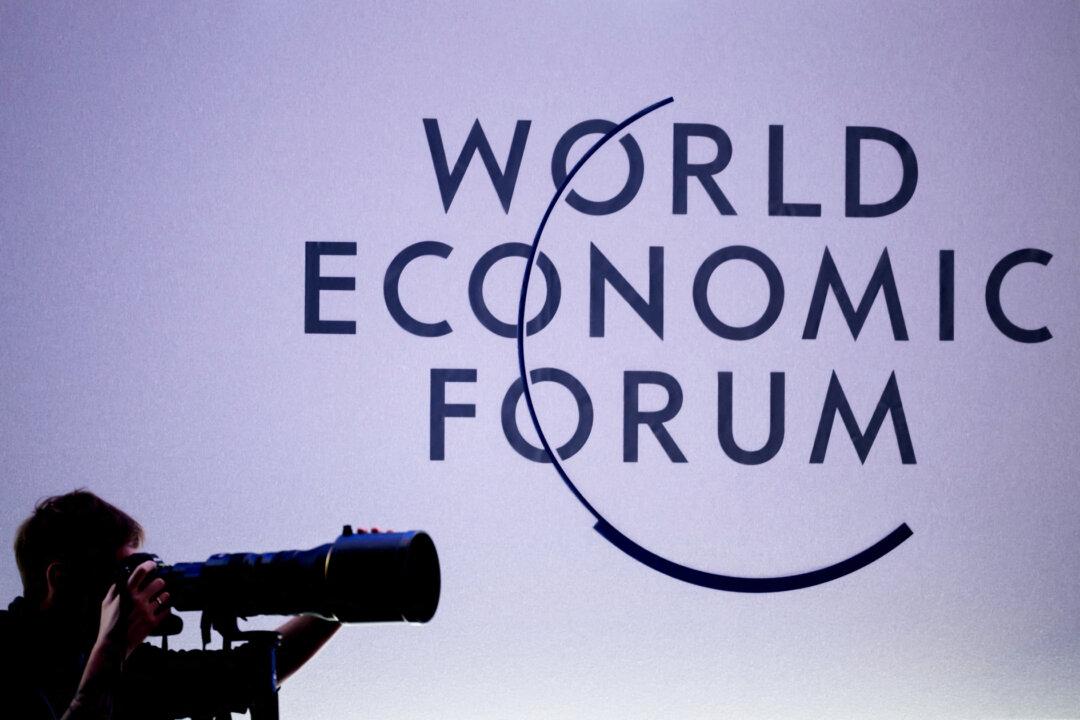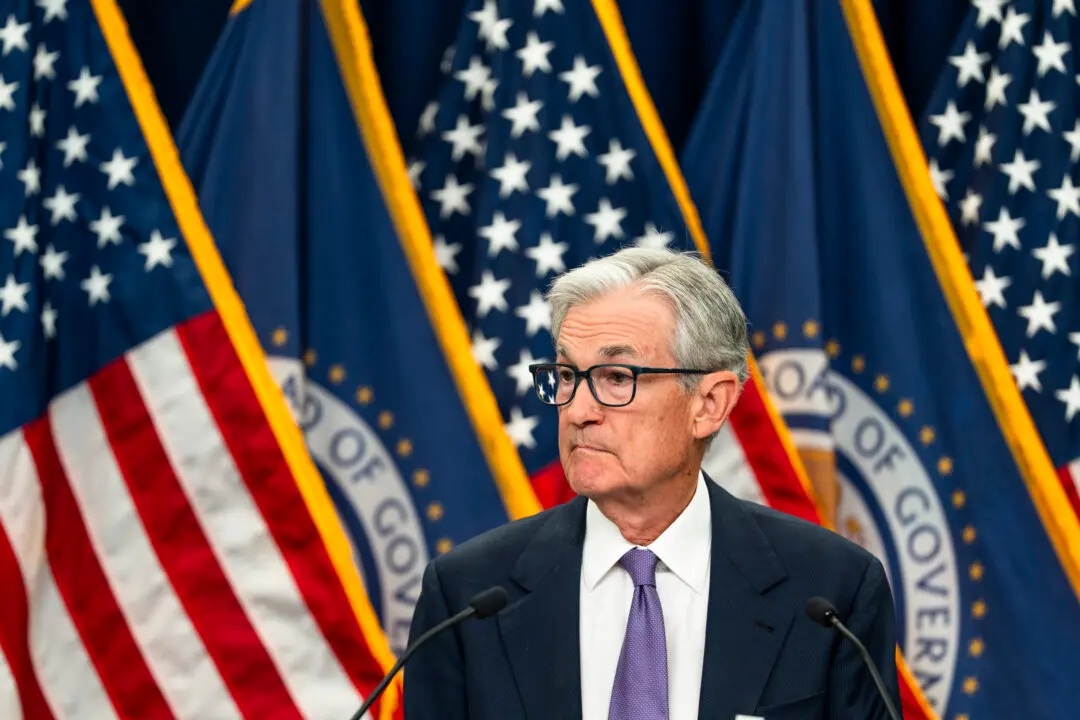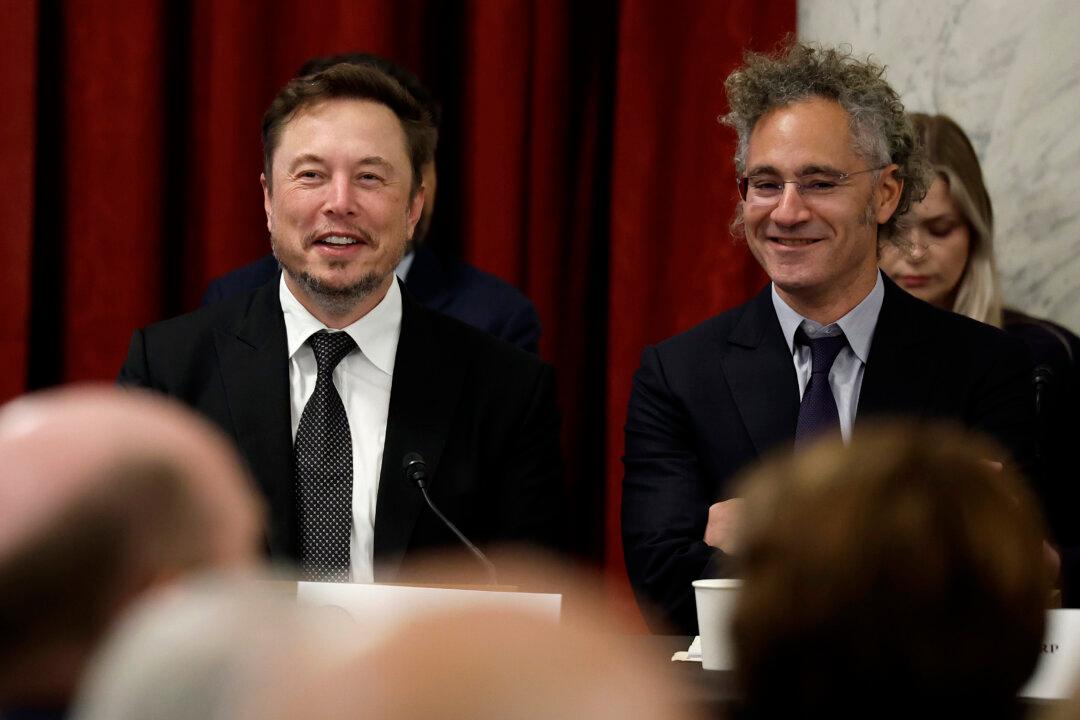Commentary
At the World Economic Forum in Davos, Switzerland, many European leaders exhibited their “Trump derangement syndrome” (TDS), fearing a second term by former President Donald Trump seemingly more than a series of wars around the world now going on, or global warming fears, or global recessions. With Florida Governor Ron DeSantis dropping out of the race and endorsing Donald Trump just before the New Hampshire primary, it now appears that the former president will lock up the GOP nomination faster than any non-incumbent has ever done.





